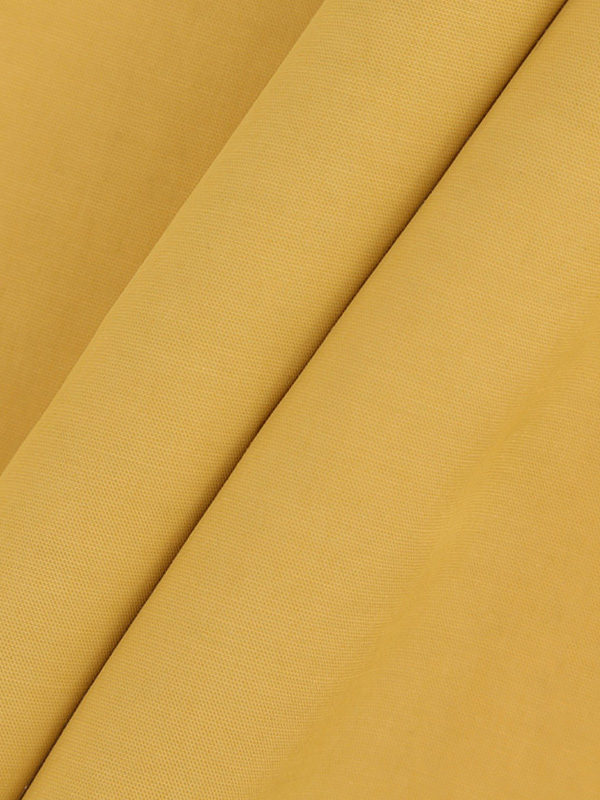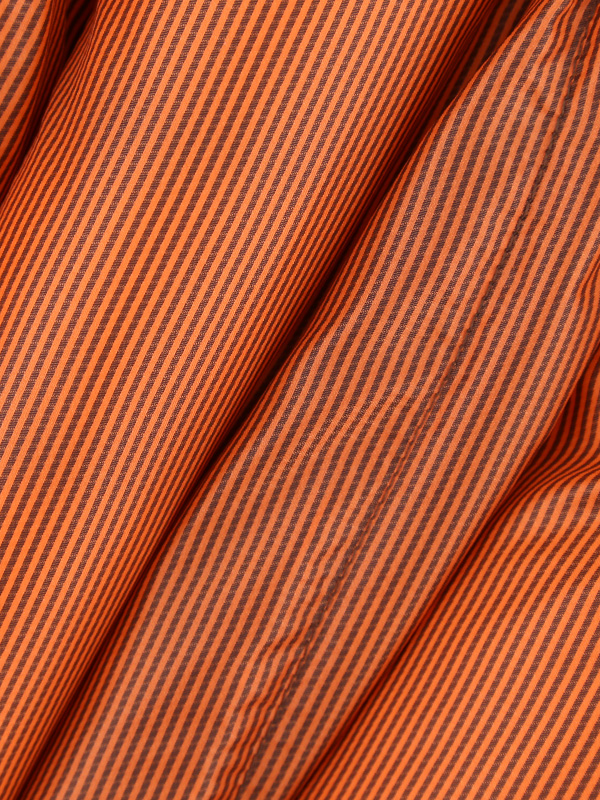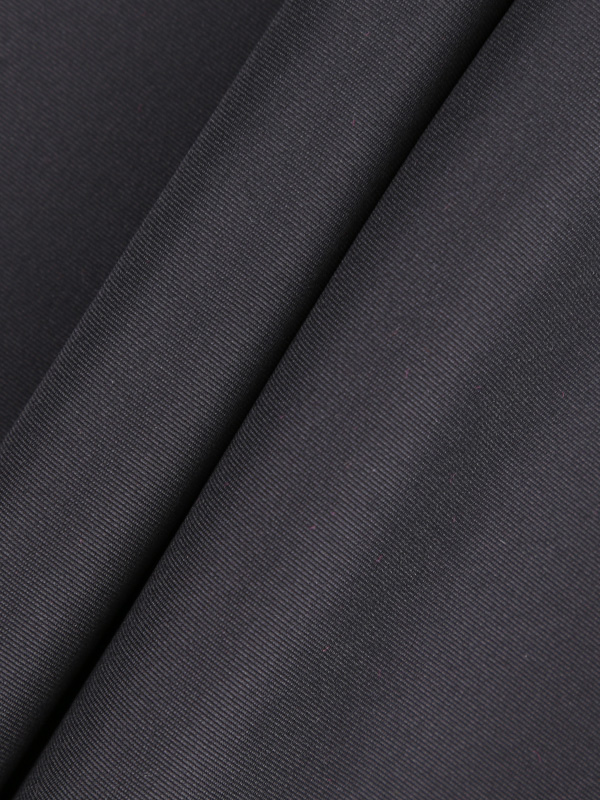Copper ammonia fiber introduction
Copper ammonia fiber is a kind of regenerated cellulose fiber. It is made by dissolving natural cellulose raw materials such as cotton linters in a concentrated ammonia solution of copper hydroxide or alkaline copper salt to form a spinning solution. In the coagulation bath, the copper ammonia Cellulose molecular chemicals are decomposed to regenerate cellulose, and the resulting hydrated cellulose is post-processed to obtain cupra.
The cross-section of cupro-ammonia fiber is round and has no skin core structure. The fiber can withstand high stretching. The produced monofilament is relatively thin, generally below 1.33dtex (1.2 denier), up to 0.44dtex (0.4 denier). So the fabric feels soft, has a soft luster, and has a silky feel.
The hygroscopicity of cupra fiber is close to that of viscose fiber, and its regular moisture regain is 11%. Under normal atmospheric conditions, the moisture regain rate can reach 12%-13%. Under the same dyeing conditions, the dyeing affinity of cupra fiber is better. The viscose fiber is large and the color is darker.

The dry strength of cupro ammonia fiber is close to that of viscose fiber, but the wet strength is higher than that of viscose fiber, and the abrasion resistance is also better than that of viscose fiber.
Concentrated sulfuric acid and hot dilute acid can dissolve the cupra, but dilute alkali will slightly damage it, while strong alkali can swell the cupra until it is dissolved. Copper ammonia fiber is insoluble in general organic solvents, but soluble in copper ammonia solution.
Because the fiber is soft and has suitable luster, it is often used as high-grade silk or knitted fabrics. Its wearing performance is relatively good, good moisture absorption, great drape, wearing performance similar to silk, in line with the trend of environmental protection clothing.


 English
English Chinese
Chinese



